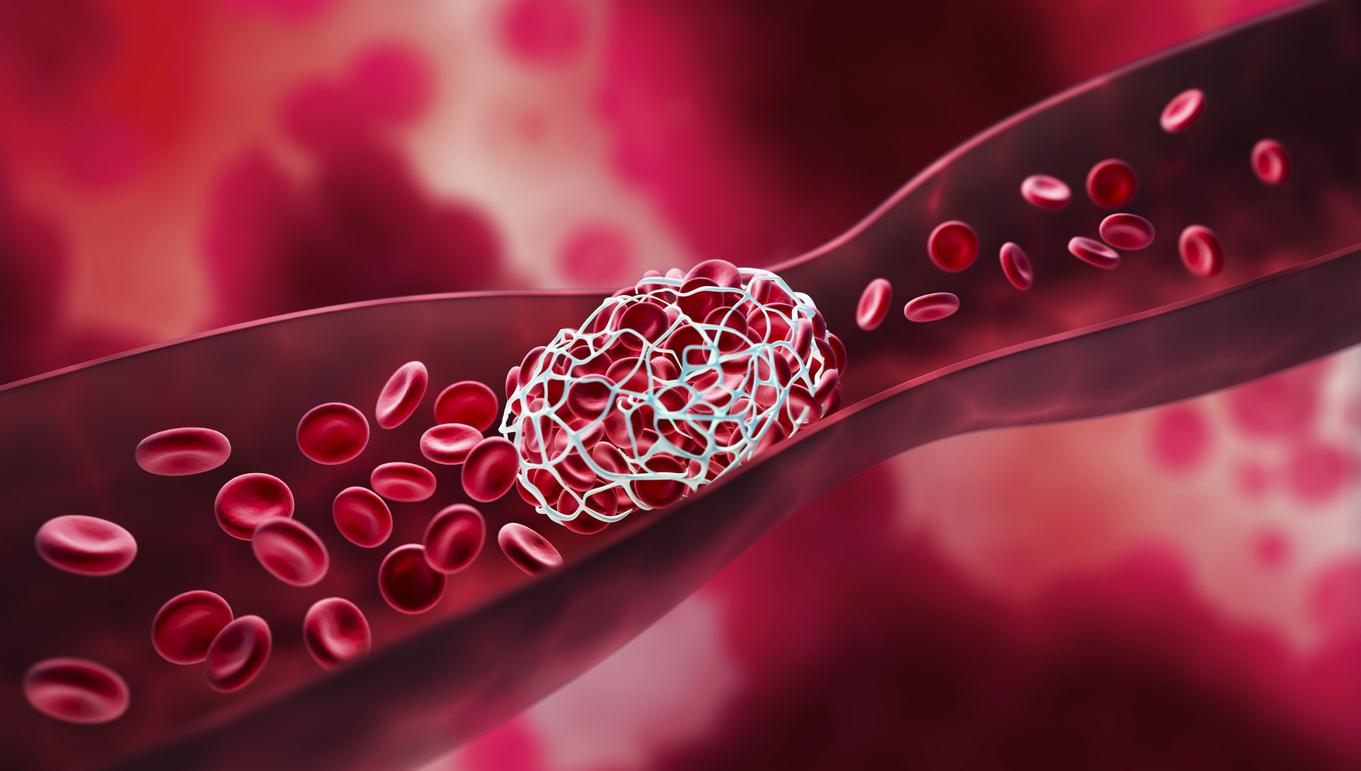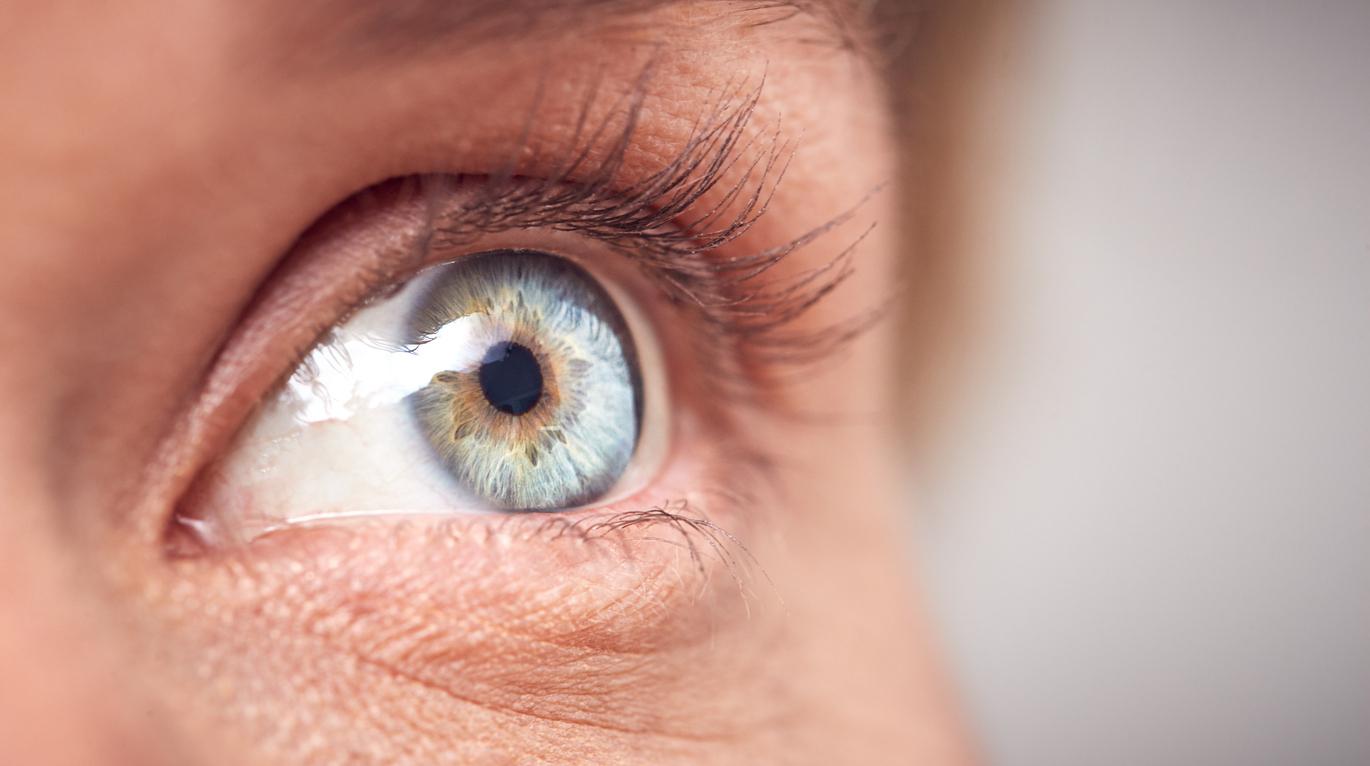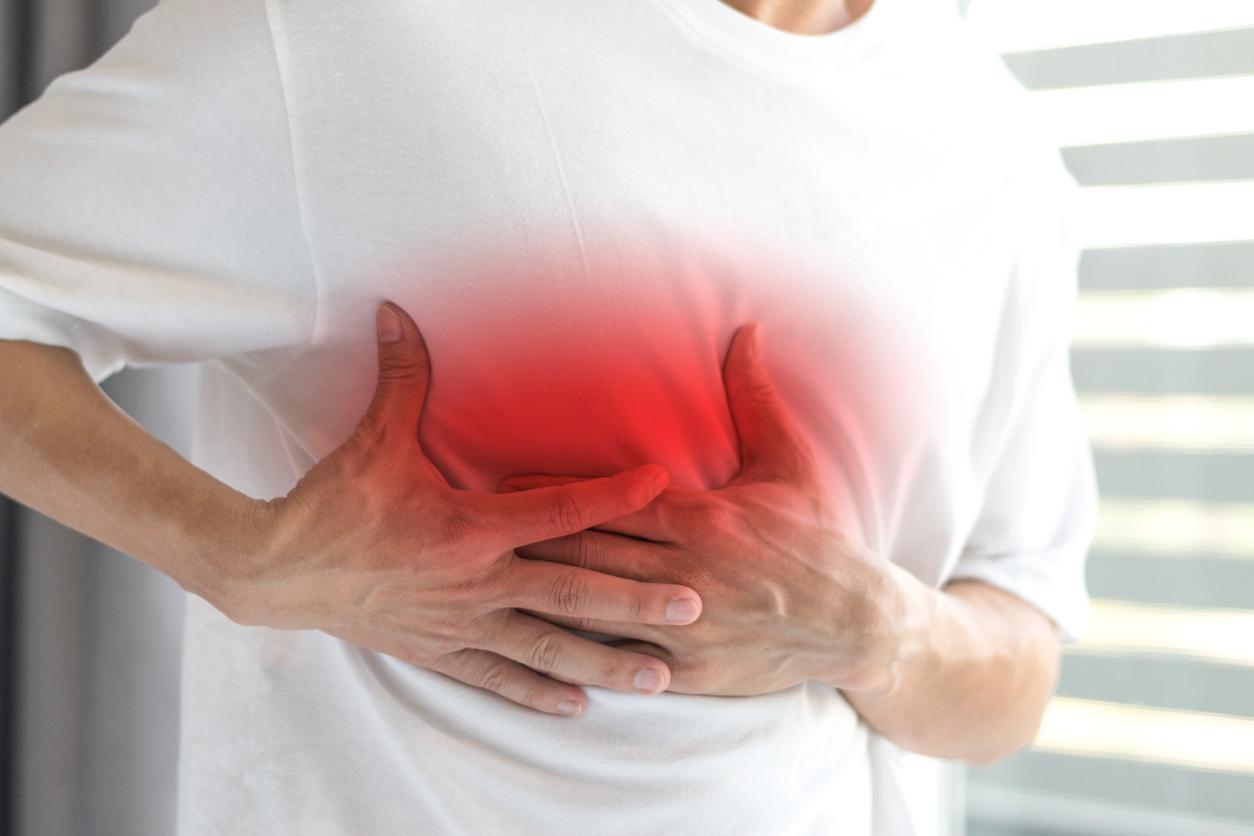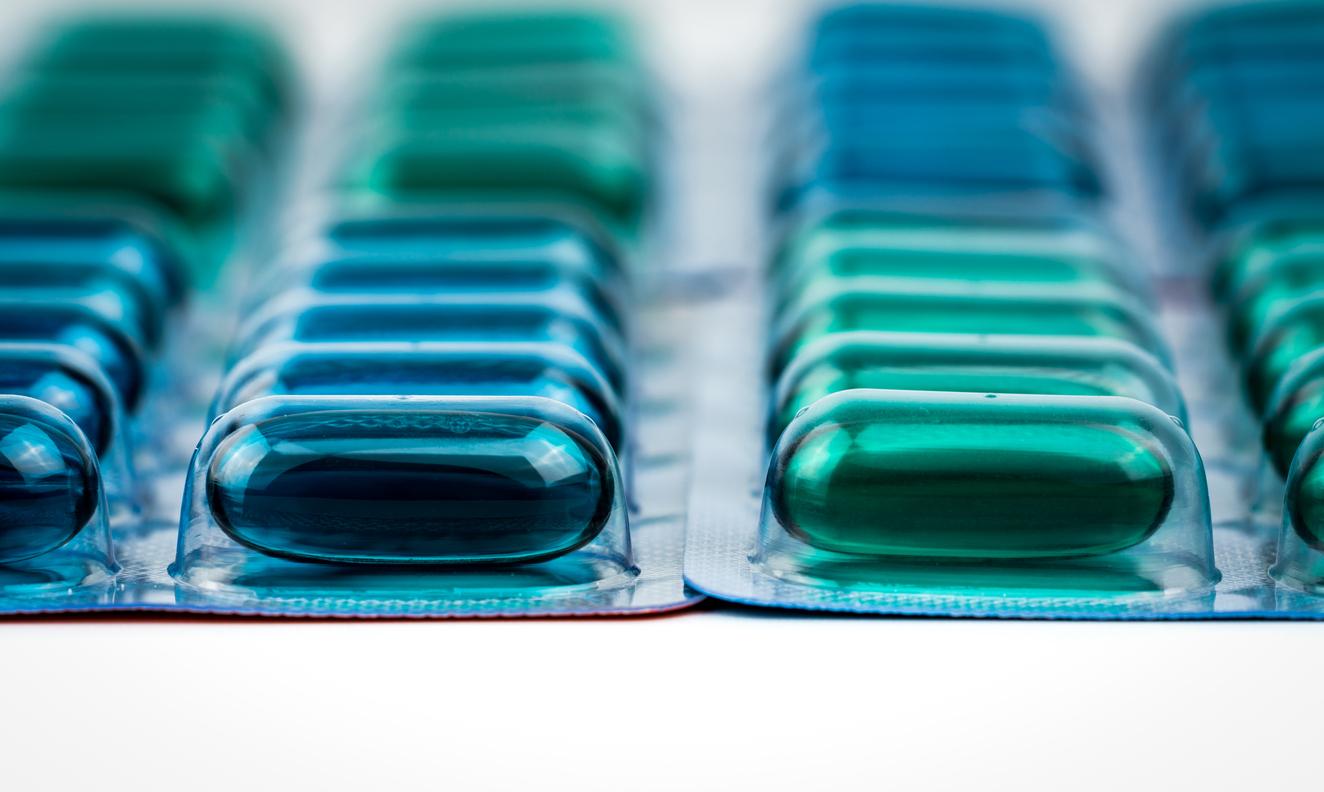By targeting innate immunity and coagulation, red light modulates platelet function and regulates the formation of blood clots.

- In mice, exposure to red light with long wavelength has reduced the aggregation and activation of platelets, which leads to a decrease in the formation of clots.
- In a group of adults with cataracts, patients with a history of cancer presented a lower risk of venous thromboembolia after the establishment of lenses filtering blue light.
- “These results make it possible to elucidate a fascinating mystery on the way in which the light to which we are exposed daily influence the response of our body to wounds.”
Until now, the impact of luminous spectra on venous thrombosis and arterial thrombosis, which can lead to sometimes serious complications, has not been explored enough. This is why scientists from the University of Pittsburgh (United States) have decided to carry out a study. In order to examine the effects of the modification of the light spectrum on the platelet function in thrombosis, the team, first, exposed mice with red, blue or white light for 12 hours then followed by 12 hours of darkness, according to a cycle of 72 hours. Then the aggregation and activation of platelets, essential for the formation of clots, as well as the transcriptomic and metabolic changes were measured.
After exposure to red light, the platelets are trapped by fatty acids
According to the results, published in the journal Journal of thrombosis and haemostasisthe rodents exposed to red light had almost five times less clots than the mice exposed to blue or white light. According to researchers’ observations, exposure to red light is linked to a decrease in inflammation and activation of the immune system. In detail, the animals exposed to red light had fewer extracellular traps for neutrophils, called “net”, which are canvas-shaped structures made by immune cells to trap invasive microorganisms. They also trap the pads. The mice exposed to red light also had an increased production of fatty acids. The latter reduce the activation of platelets, which naturally leads to a decrease in the formation of clots. Regarding activity, sleep, food, weight and body temperature, the data remained the same in the two groups.
Blood clots: less risk in patients who have received lenses filtering blue light
“To transpose our results to human beings, more than 10,000 adults operated on cataracts” And having history of cancer have been followed for eight years. The latter have received either conventional lenses which transmit the entire visible spectrum of light, or lenses filtering blue light which transmit about 50 % less blue light. Their level of venous thromboembolia was evaluated. Patients who have received lenses filtering blue light presented a lower risk of blood clots formation than their counterparts having received conventional lenses. A remarkable result since the risk of blood clots is nine times higher in cancerous people.

Check the results by clinical trials
“These results make it possible to elucidate a fascinating mystery on the way in which the light to which we are exposed daily influence the response of our body to injuries. Our next steps will consist in understanding why, from a biological point of view, this phenomenon is produced and to check whether the fact of exposing people with a high risk of blood clots to a greater amount of red light reduces this risk “, said Matthew Nealauthor of the works. In view of clinical trials, the team is currently developing red light glasses to control the degree of exposure to the light of volunteers and studies people most likely to be affected by red light.













